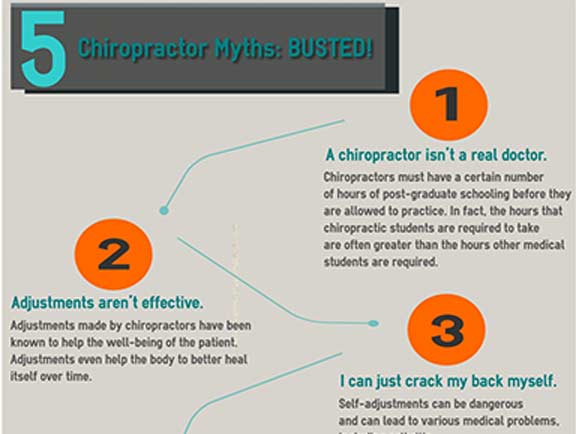Prepare Yourself To Explore The Fascinating Mobile Communications Of Cold Laser Therapy And Its Use Of Light For The Objective Of Healing. Delve Additionally Right Into The Realm Of Scientific Research!
Prepare Yourself To Explore The Fascinating Mobile Communications Of Cold Laser Therapy And Its Use Of Light For The Objective Of Healing. Delve Additionally Right Into The Realm Of Scientific Research!
Blog Article
Authored By- Read More In this article may have become aware of cold laser treatment as an appealing therapy alternative for different conditions, but have you ever before questioned just how it in fact services a cellular level? Recognizing the devices behind this treatment can clarify its effectiveness in promoting recovery and decreasing swelling. By exploring infrared for cellulite behind cold laser therapy, you'll gain insights into the interesting ways in which light can influence cellular processes and promote tissue fixing.
How Cold Laser Therapy Functions
To comprehend how cold laser therapy works, you need to realize the basic concepts of just how light energy connects with biological tissues. Cold laser treatment, also referred to as low-level laser treatment (LLLT), makes use of specific wavelengths of light to penetrate the skin and target hidden tissues. Unlike the extreme lasers used in operations, cold lasers emit low degrees of light that do not produce heat or create damage to the cells.
When these mild light waves get to the cells, they're soaked up by parts called chromophores, such as cytochrome c oxidase in mitochondria. This absorption sets off a series of organic responses, consisting of boosted mobile power manufacturing and the release of nitric oxide, which boosts blood flow and lowers inflammation.
In addition, the light energy can likewise boost the production of adenosine triphosphate (ATP), the energy currency of cells, assisting in mobile fixing and regeneration procedures.
Fundamentally, cold laser therapy takes advantage of the power of light energy to promote recovery and minimize pain in a non-invasive and mild manner.
Devices of Action
Exactly how does cold laser therapy in fact function to create its therapeutic results on biological tissues?
Cold laser treatment, likewise known as low-level laser treatment (LLLT), runs through a process referred to as photobiomodulation. When the cold laser is applied to the skin, the light energy penetrates the tissues and is taken in by chromophores within the cells.
These chromophores, such as cytochrome c oxidase in the mitochondria, are after that promoted by the light power, leading to a cascade of organic responses. One key device of action is the improvement of cellular metabolic rate.
The taken in light power boosts ATP production in the mitochondria, which is vital for mobile feature and repair. Furthermore, cold laser therapy helps to decrease inflammation by inhibiting inflammatory moderators and promoting the launch of anti-inflammatory cytokines.
This anti-inflammatory result adds to pain alleviation and tissue healing.
Restorative Results
Comprehending the restorative effects of cold laser treatment entails recognizing exactly how the improved cellular metabolism and anti-inflammatory homes contribute to its positive end results on organic cells.
When the cold laser is applied to the damaged area, it promotes the mitochondria within the cells, bring about increased manufacturing of adenosine triphosphate (ATP), which is vital for cellular feature and fixing. This boost in mobile power accelerates the healing process by promoting cells regeneration and reducing swelling.
Moreover, the anti-inflammatory properties of cold laser treatment aid to decrease discomfort and swelling in the targeted area. By preventing inflammatory arbitrators and promoting the launch of anti-inflammatory cytokines, cold laser treatment aids in easing discomfort and enhancing the general healing reaction.
This decrease in inflammation not just gives instant alleviation however likewise supports lasting tissue repair.
Final thought
Finally, cold laser treatment functions by stimulating mobile repair work and cells regeneration with photobiomodulation. Its anti-inflammatory properties give discomfort relief and lower swelling by preventing inflammatory mediators.
This therapy uses a detailed approach to recovery, supplying both instant relief and long-lasting cells repair benefits.
Through its systems of action, cold laser treatment verifies to be an effective and appealing treatment choice for a variety of problems.
